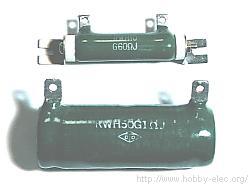homemade DRL question
Printed From: the12volt.comForum Name: General Discussion
Forum Discription: General Mobile Electronics Questions and Answers
URL: https://www.the12volt.com/installbay/forum_posts.asp?tid=27730
Printed Date: November 28, 2025 at 8:29 PM
Topic: homemade DRL question
Posted By: southpawboston
Subject: homemade DRL question
Date Posted: March 04, 2004 at 3:16 PM
Replies:
Posted By: cbag1
Date Posted: March 15, 2004 at 3:02 PM
Posted By: cbag1
Date Posted: March 15, 2004 at 3:11 PM
Posted By: southpawboston
Date Posted: March 15, 2004 at 4:23 PM
